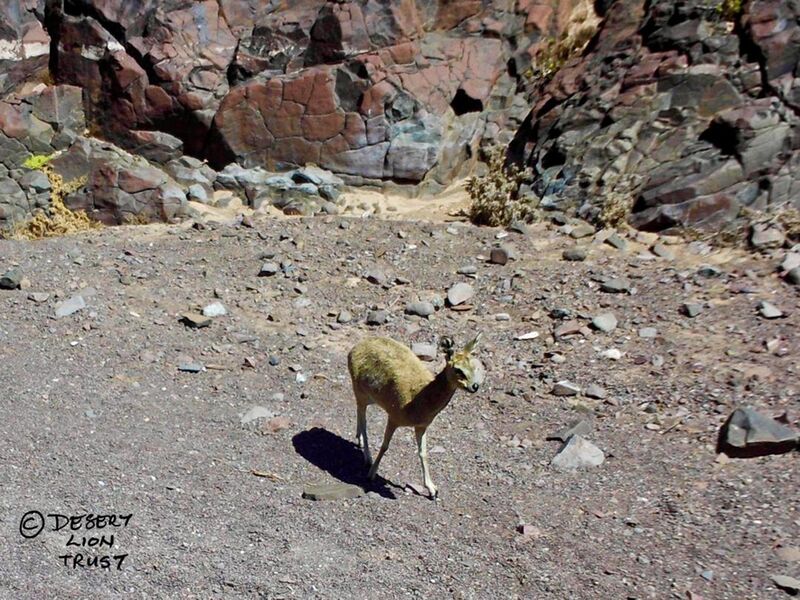Central Prides & Fitting satellite Early-warning collars
Sunday 7 June 2020
Central prides
Lions that form part of the prides that occupy the central section of the study area were tracked and observed to collect data on groups structures and reproduction. Two lionesses that were observed with small cubs in January 2020 have subsequently lost their cubs. This is possibly the result of the low and scattered rainfall during 2020 where lions struggled to find sufficient food as prey animals moved far and wide. A young adult lioness, however, gave birth to a litter of cubs in a reed-bed at a fresh-water spring in the Obab River.
Adult male lion in the Urunendes River
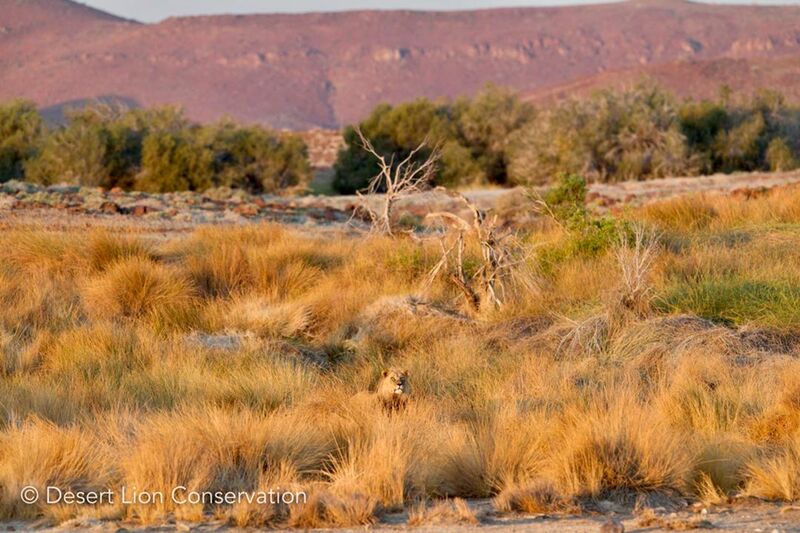
Adult lionesses in the central section of the study area
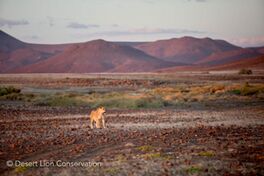
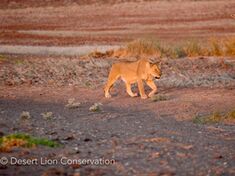
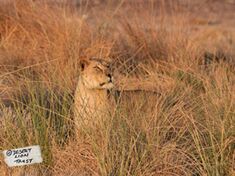
Camera-trap images of marked lions in the central area
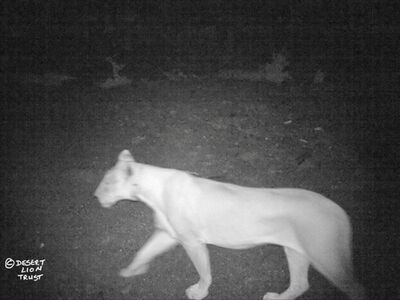
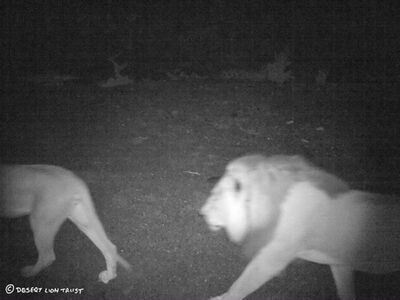
Adult male observed at night
Fitting satellite Early-warning collars
A 9 year-old male lion that moves extensively through the central section of the study area was immobilised to replace his fading Early-warning GPS collar with a new satellite collar.
Darting of adult male lion
Fitting of new satellite collar to adult male
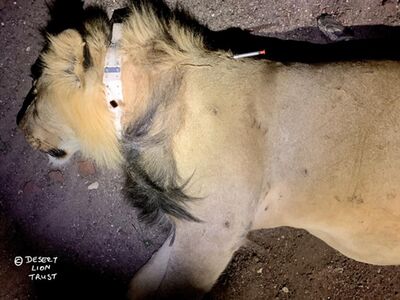
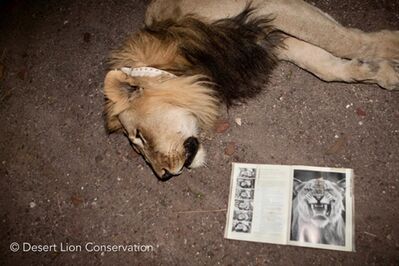
A lactating lioness whose satellite collar developed technical problems was immobilised in the central area and the faulty collar was replaced with a new satellite collar.
Searching for adult lioness with faulty satellite collar
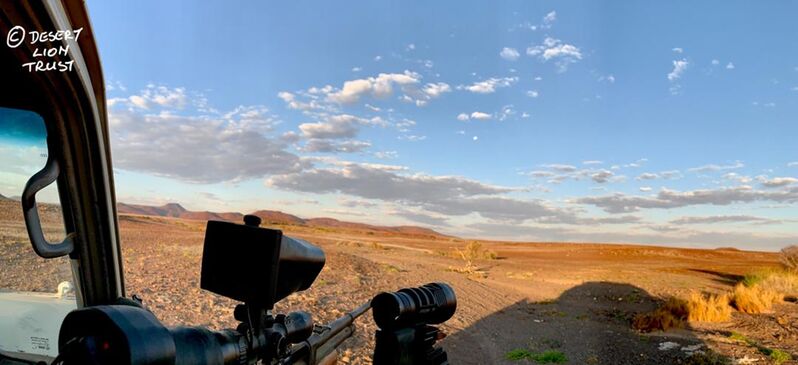
Fitting new satellite collar to lactating lioness
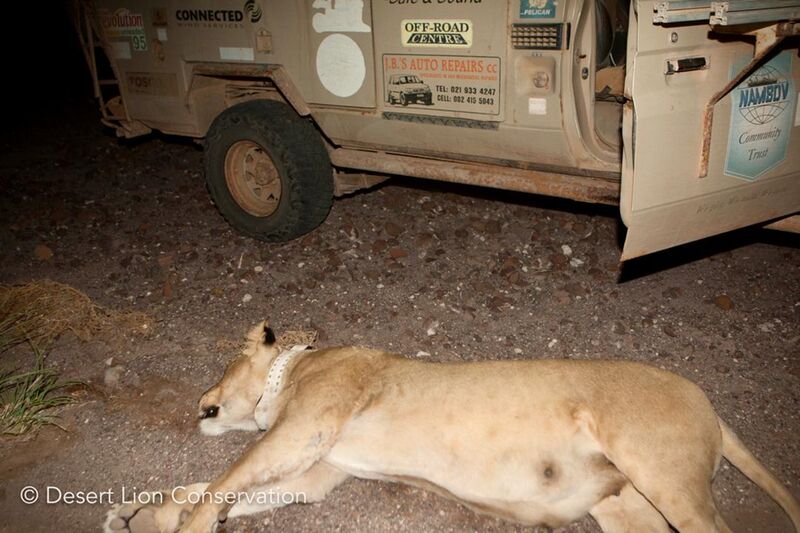
Camera-trap images
A camera-trap mounted in a narrow wash 30km from the ocean in the central area produced several interesting images during the past two months.
Two photos of a leopard
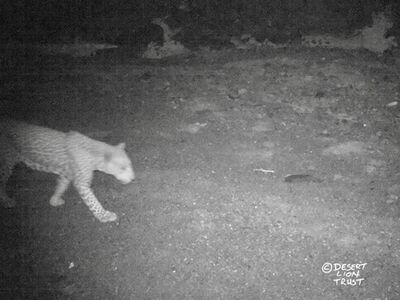
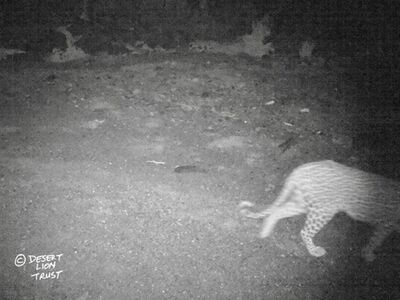
A rare record of a spotted hyaena in a hyper-arid area close to the ocean
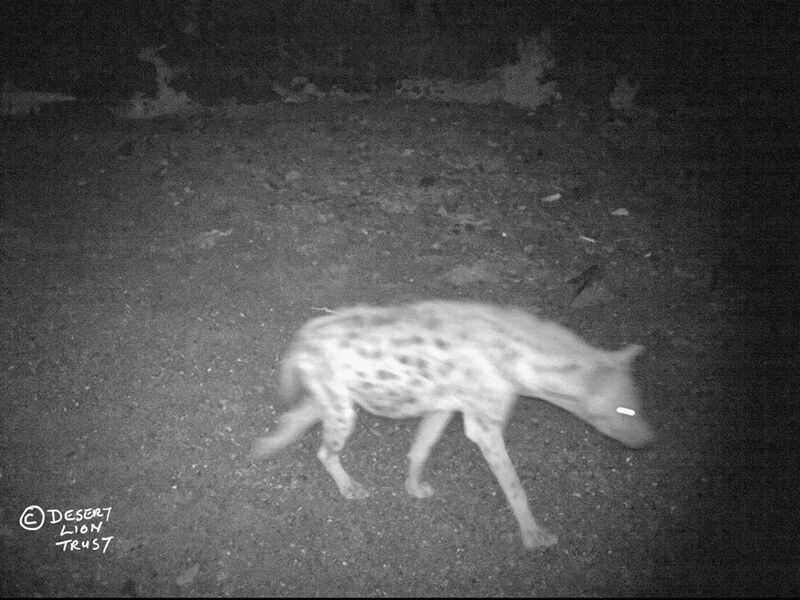
A pair of klipspringers have been occasionally been observed in the area
